World’s 10 Coolest Subway Systems
<Tengri News of Kazakhstan>In the modern world, subway is not just a public transport but also the city’s face. From old classic to modern art, the most beautiful subways house really stunning stations that are considered architectural masterpieces. The Coolist made a rating of the World’s 10 Coolest Subway Systems. The list also includes Almaty subway that was opened on December 1, 2011.
Here is the list:
Stockholm Subway
Stockholm’s tunnelbana is referred to as the world’s longest art gallery (110km long) because works of art have been integrated in almost every station since the 1950s. SL spends 10 million SEK per year in safeguarding and developing artwork. Works of art can be found in 90 of the 100 stations. 140 artists have contributed so far. Many stations in Stockholm, especially on the Blue Line, have been left as rock caverns, which gives them an outstanding, unique atmosphere.
Since the mid 1980s, the Stockholm Metro has been seriously affected by graffiti. Previously a train on which graffiti had been painted could remain in service for weeks and graffiti could remain in place at stations for months if not for years. Nowadays, however, trains with graffiti are taken out of service immediately and graffiti at stations is regularly cleaned up within a few days. The cost of graffiti and other types of vandalism has been calculated at approximately SEK 100 million per year.
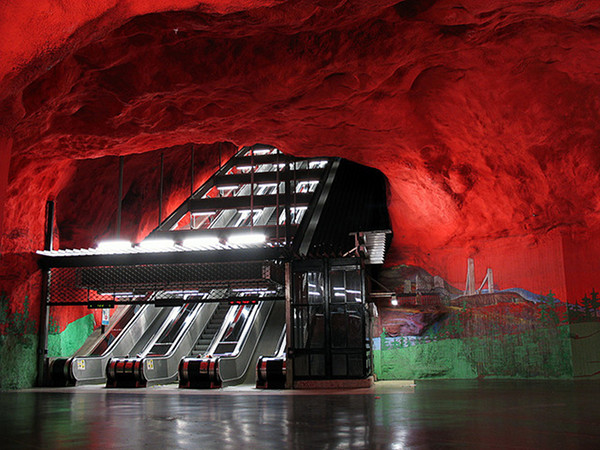
Photo courtesy of www.thecoolist.com
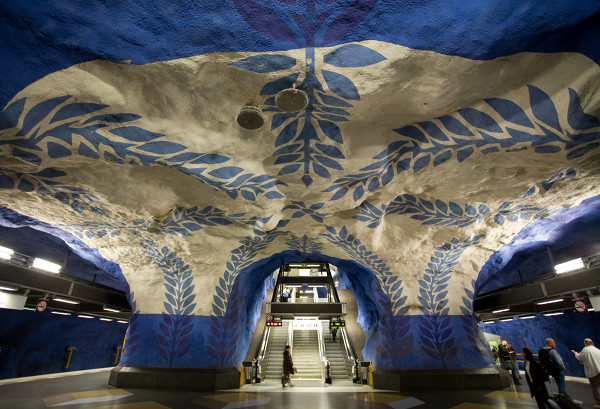
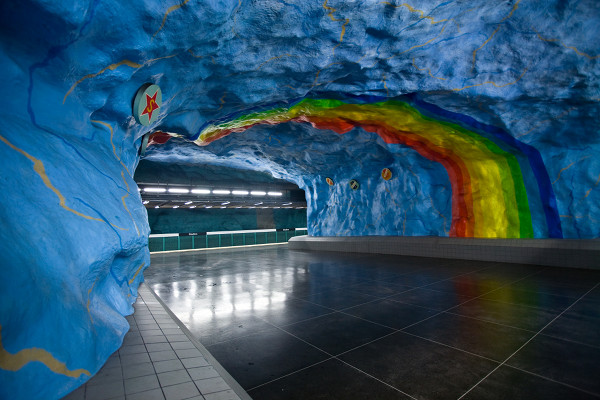
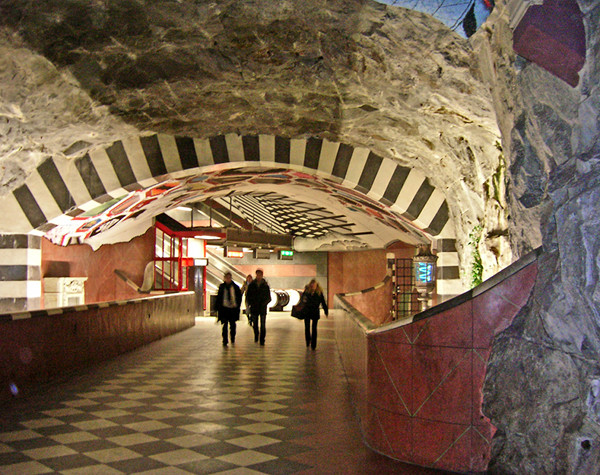
Kazakhstan’s Almaty Subway
Almaty subway became the youngest and one of the most beautiful undergrounds in the world. “The world’s youngest subway is immediately amongst the world’s most beautiful, featuring a design character that is at at the same time modern and classical,” the website writes. “Stained glass windows, geometric paint patterns, glossy floors and ornate chandeliers make this subway system a destination in its own right.”
The Coolist is not the first Western magazine that likes Almaty subway. Earlier several media outlets described the subway one of the most beautiful in the former Soviet space. “Marble floors, glass works, expensive ceiling lamps and the arches that many architects dream about,” Tessa wrote. According to Gizmodo Australia, “Altmay Metro is gorgeous and shocking to any urbanite, gorgeously clean”.
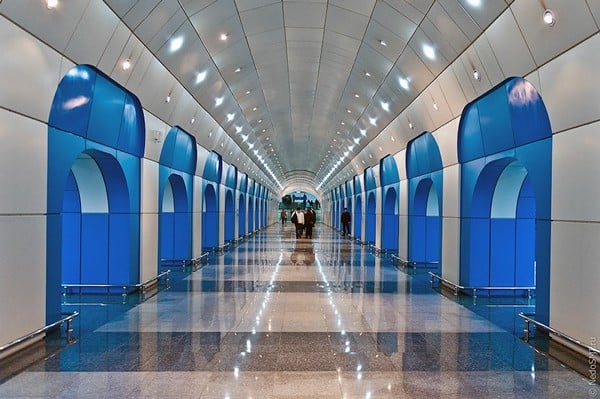
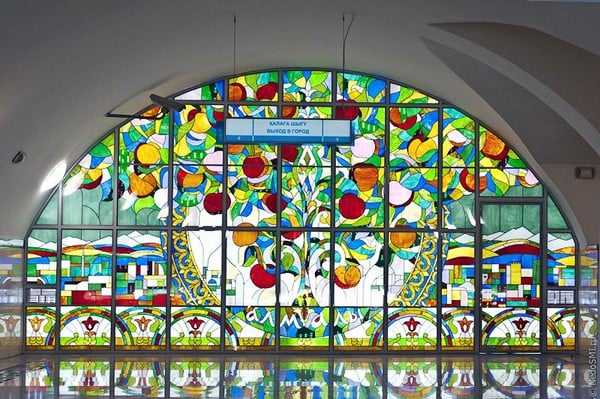

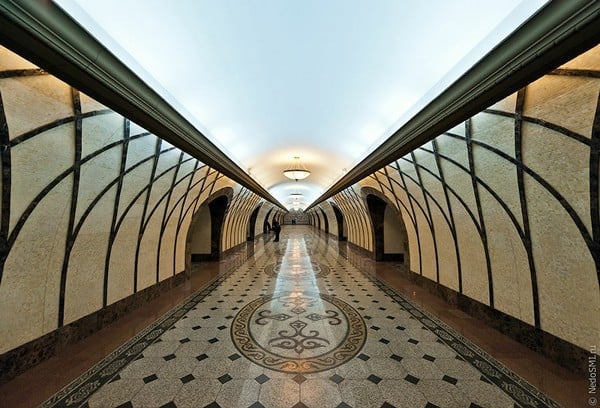
The Moscow Metro Subway System
The Moscow Metro is the world’s second-most-heavily-used rapid transit system, after Tokyo’s twin subway. Moscow’s metro stations are a heritage of the socialist regime, originally intended to be ‘palaces for the people’. With their marble-clad walls, chandelier lighting, and other precious interior, many indeed resemble palaces or cathedrals. Many sculptures, reliefs and murals are found in the stations.
Besides Moscow, some other cities of the former Soviet Union have metro stations of similar grandeur. However, the ones in Moscow are the most numerous and the most spectacular. Fortunately, even the new stations opened in the 21st century are of good architectural quality.
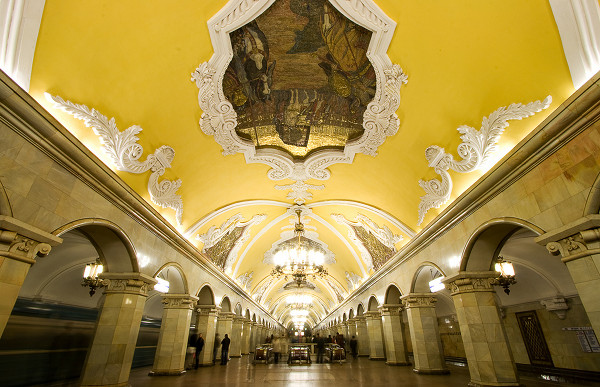
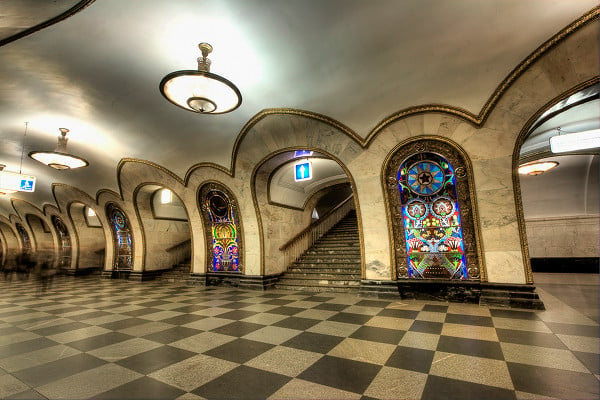
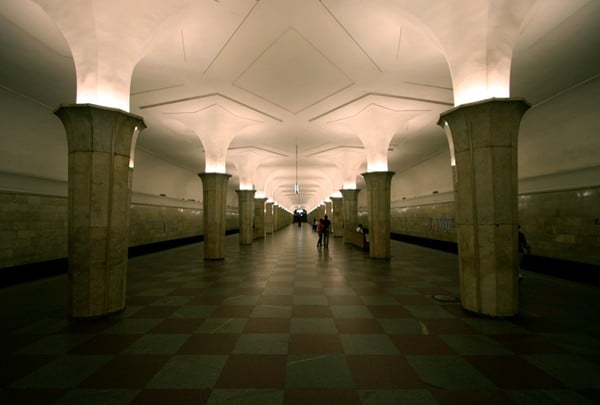
The Paris Metro
The Paris Metro comprises 300 stations and 384 train halls (2009). From the original plain white tilework and art nouveau entrances, station decoration has evolved with successive waves of building and renovation.
Paris has one of the densest metro networks in the world, with 245 stations within 86.9 km2 of the city of Paris. Paris is the second busiest metro system in Europe, after Moscow. It carries 4.5 million passengers a day, and an annual total of 1.479 billion.
Paris Metro train halls are decorated in a style defined at the Metro’s opening in 1900. The spirit of this aesthetic has generally been respected in the various renovations since then. A number of stations have original decorations to reflect the cultural significance of their locations. The first to receive this treatment was Louvre – Rivoli on line 1, which contains copies of the masterpieces on display at the museum above.
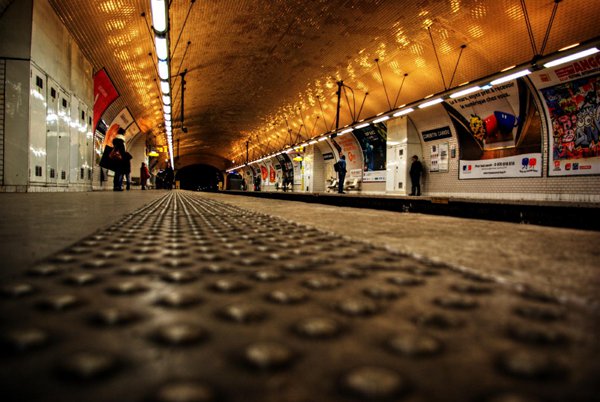
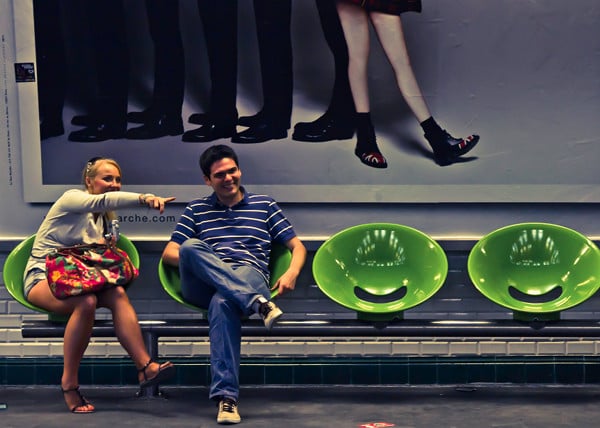
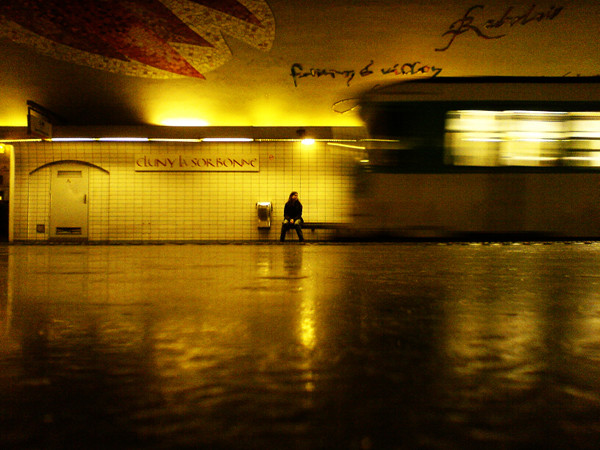
The Washington Metro
The Washington Metro is commonly called Metro and unofficially Metrorail. Most Metro stations were designed by Chicago architect Harry Weese, and are examples of late-20th century modern architecture. With their heavy use of exposed concrete and repetitive design motifs, Metro stations also display aspects of brutalist design. In 2007, the design of the Metro’s vaulted-ceiling stations was voted number 106 on the American Institute of Architects’ list of “America’s Favorite Architecture”. More recently built stations feature different architecture.
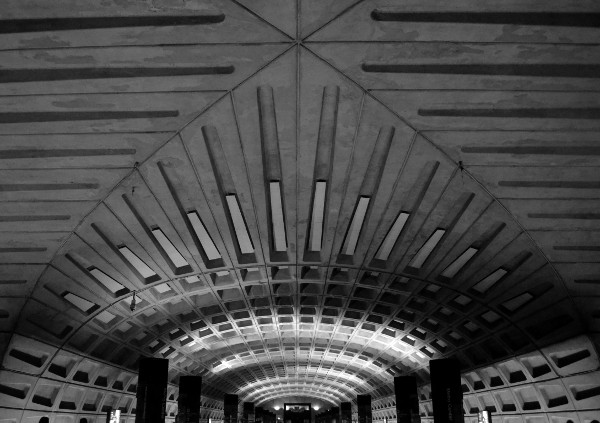
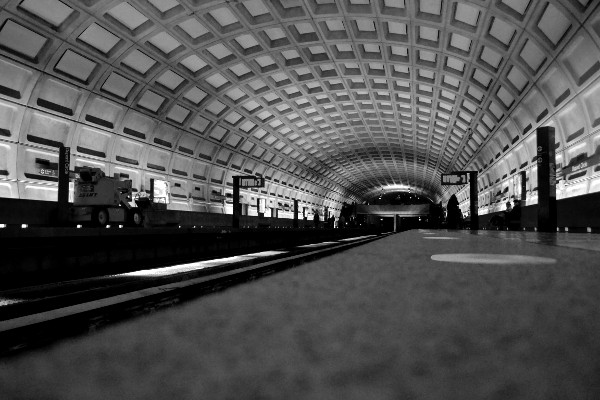
Montreal Metropolitan
The metro system is Canada’s busiest subway system in total daily passenger usage, serving an average of 1,111,700 daily passengers on an average weekday. The Montreal Metro was inspired by the Paris Metro and in turn is also the inspiration for the Lyon Metro and Marseille Metro, as well as the Mexico City Metro, all constructed a few years later, and all which also share the same rubber-wheel car design and similar Montreal Metro station architecture.
Montreal’s metro is renowned for its architecture and public art. Under the direction of Drapeau, a competition among Canadian architects was held to decide the design of each station, ensuring that every station was built in a different style by a different architect. Several stations, such as Berri-UQAM, are important examples of modernist architecture, and various system-wide design choices were informed by the International Style.More than fifty stations are decorated with over one hundred works of public art, such as sculpture, stained glass, and murals by noted Quebec artists, including members of the famous art movement, the Automatistes.
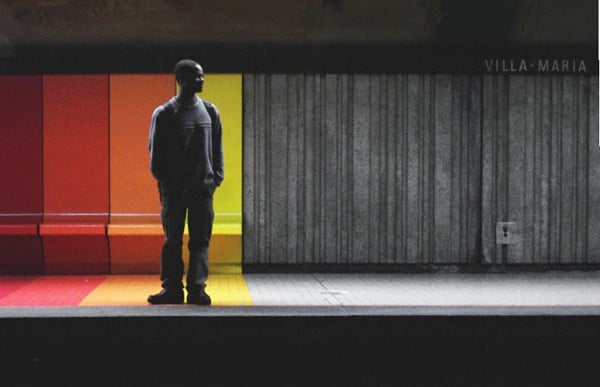
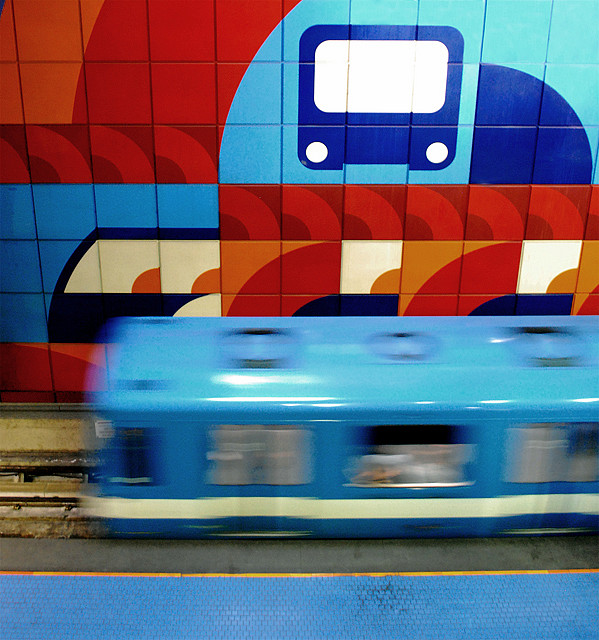
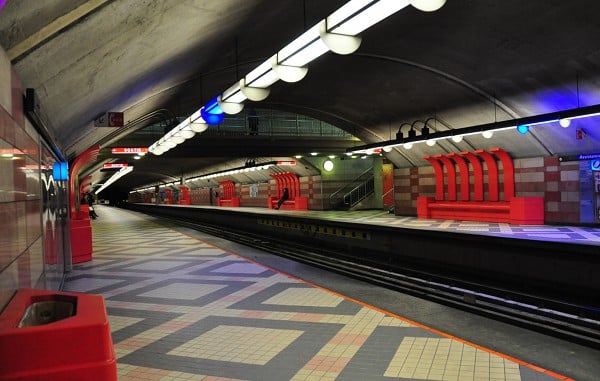
The Taipei Metro Subway System
The Taipei Metro provides an obstacle-free environment within the entire system; all stations and trains are handicap accessible. Features include: handicap-capable restrooms, ramps and elevators for wheelchairs and strollers, tactile guide paths, extra-wide faregates, and trains with a designated wheelchair area.
To accommodate increasing passenger numbers, all metro stations have replaced turnstiles with speedgates since 2007, and single journey magnetic cards have been replaced by RFID tokens. TRTS provides free mobile phone connections in all stations, trains, and tunnels and also provides WiFi WLAN connections at several station hotspots. The world’s first WiMAX-service metro trains were introduced on the Wenshan Line in 2007, allowing passengers to access the internet and watch live broadcasts.
In the initial network, important stations such as transfer stations, terminal stations, and stations with heavy passenger flow were chosen for the installation of public art. The principles behind the locations of public art were visual focus and non-interference with passenger circulation and construction schedules. The artworks included murals, children’s mosaic collages, sculptures, hung forms, spatial art, interactive art, and window displays. The selection methods included open competitions, invitational competitions, direct assignments, and cooperation with children.
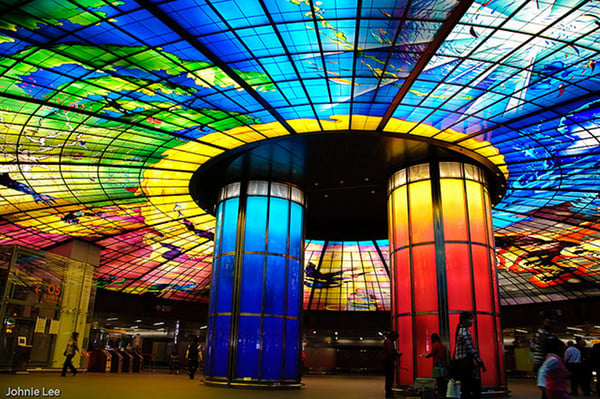
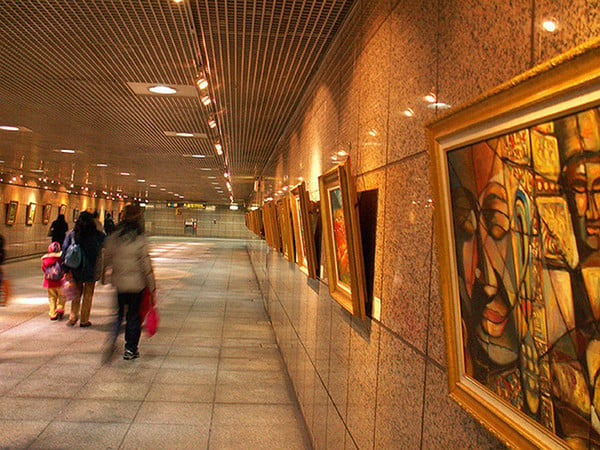
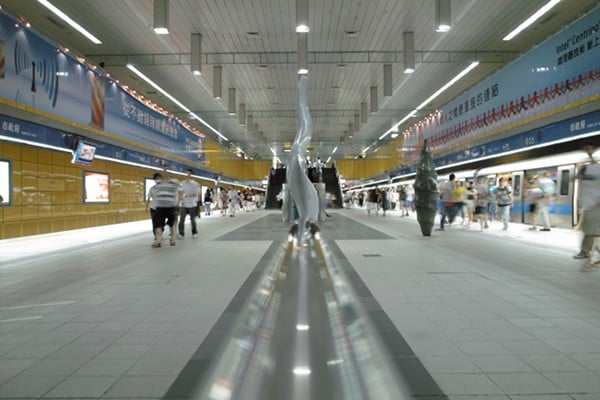
NYC’s Abandoned City Hall Subway Station
Many stations of the New York City subway system have fallen into disuse or have been abandoned, no longer used by the Transit Authority for their original purpose: serving passengers. Some stations are fully abandoned, rotting away and seen only from passing trains. Others are in use as storage facilities. Some have extra platforms that were closed long ago. And some, like City Hall, are architectural marvels that give a glimpse into the city’s past.
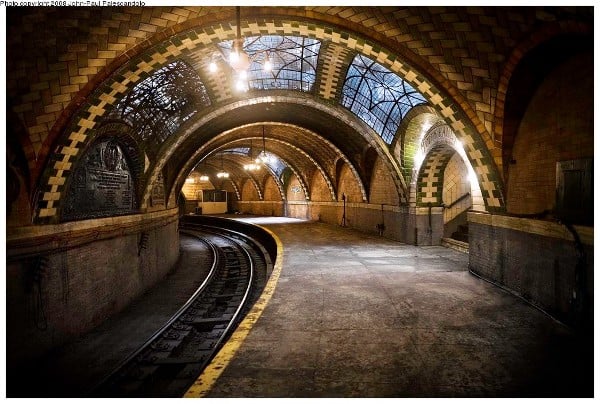
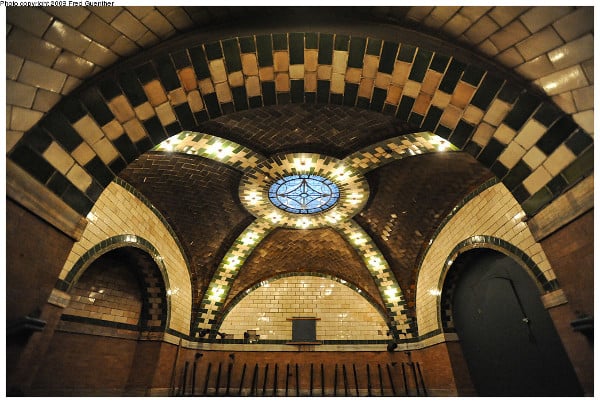
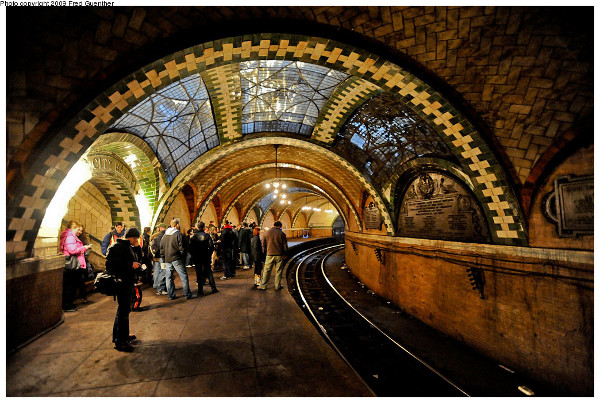
Frankfurt U-Bahn Subway System
Since 1968, the Frankfurt U-Bahn subway system has served passengers traversing through Germany’s 5th largest city. Nearly have of the city’s population rides the U-Bahn every day, passing through 86 stations over 40 miles of track. Its stations are a wonder to experience, ranging from playful to progressive and everything in between. One features an entryway that looks like a runaway subway car has crashed through the surface. Another features symmetrical shapes that feels almost otherworldly. While Germany itself has its fair share of attractive subway systems, Frankfurt’s U-Bahn may be the country’s pearl.
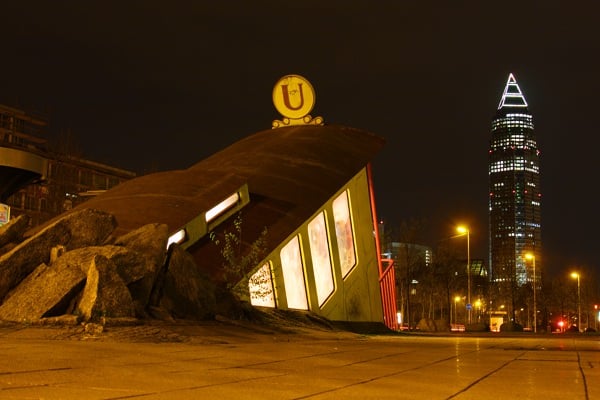
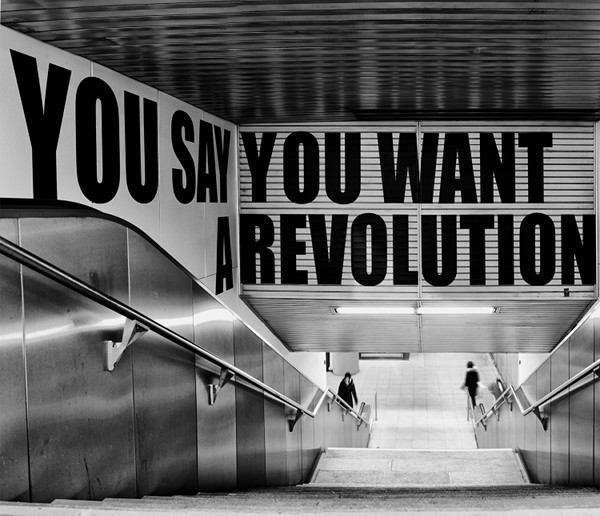
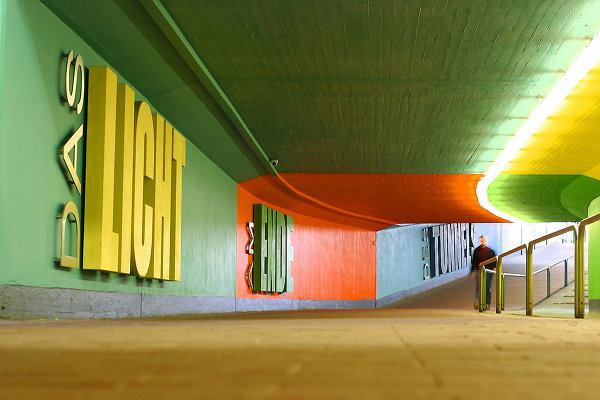
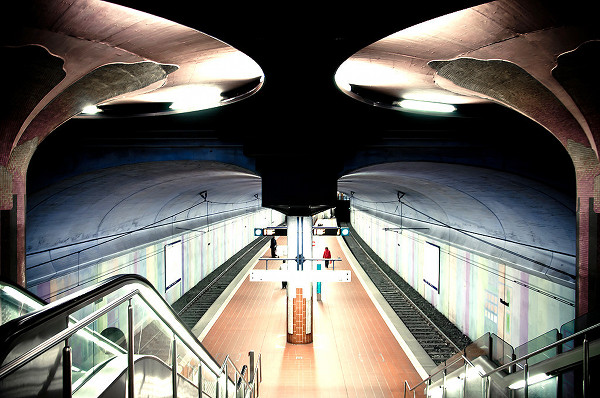
Pyongyang Metro
Built to link secret underground military facilities, the Pyongyang Metro is nevertheless an important part of the transport infrastructure in the capital of North Korea.However, only two or three stations are open to tourists. Pyongyang has a substantial secret metro system for government use, similar to the one in Moscow, probably built at the same time as the two public lines. Apart from the secret lines, the Pyongyang Metro was designed as part of a broader military system of tunnels and underground installations. The stations are very deep underground and are fitted with multiple (usally triple) heavy blast doors, indirect linking tunnels, and other features that imply military purposes or service as emergency shelters.
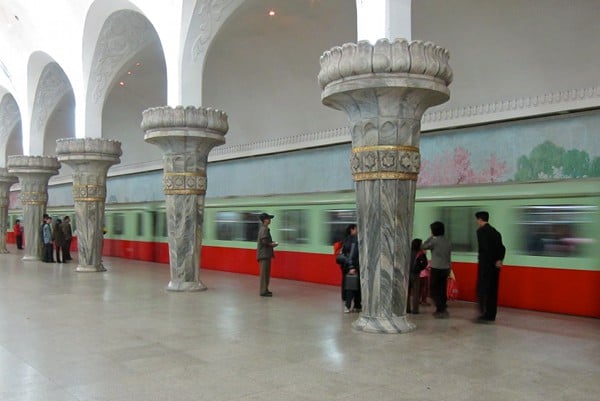
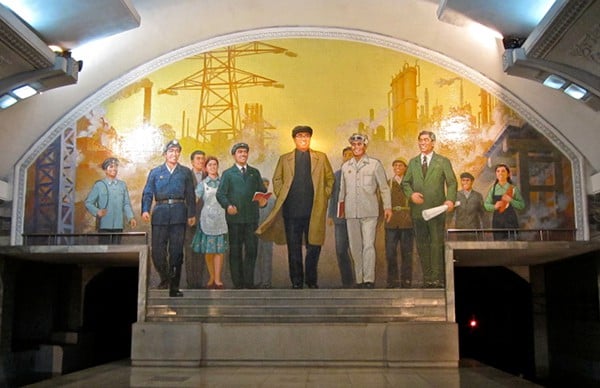
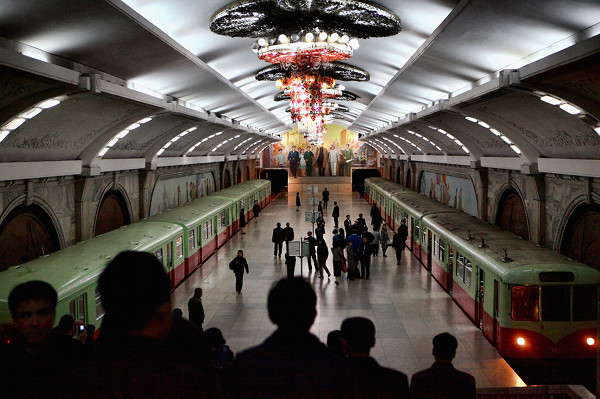
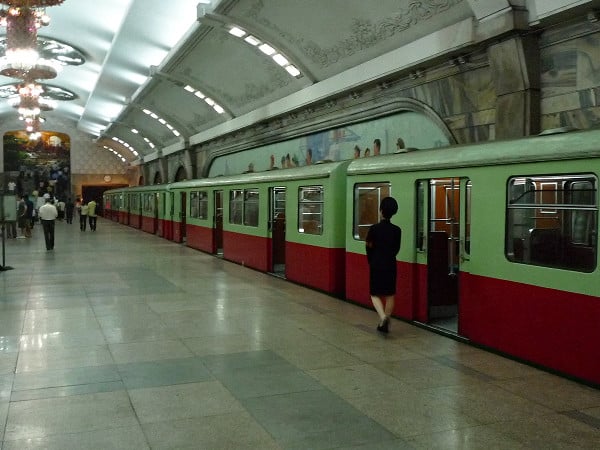
Photo courtesy of www.thecoolist.com
Article from Tengri News of Kazakhstan.


